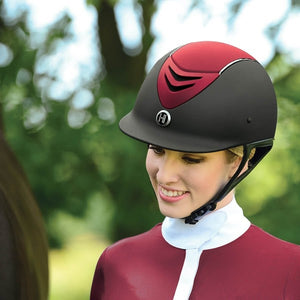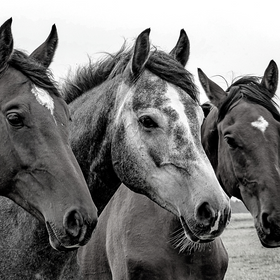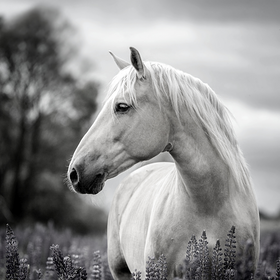
Preparing Your Chicken Coop for Winter
If you live in an area that drops below 40°F, you need to prepare your chickens and their lodging for the cold weather. Winterizing your coop will allow your flock to survive and thrive through the winter months.
What Needs Do Chickens Have in the Winter?
Your chickens have similar needs in the summer and winter. However, providing for these needs can be more challenging.
First, your chickens need a coop that is warm and dry. Your coop must withstand snow and cold winds. Allowing your coop to get damp can result in serious issues for your chickens.
Second, your chickens need water. Of course, in cold environments, automatic waterers tend to freeze. Several methods exist to avoid this, including regular water changes and heated waterers.
What Risks are Higher in Winter for Chickens?
The winter months come with increased risks of frostbite, predator attacks, and disease. When other prey choices are scarce, predators may target your flock. Ensure your coop is predator-proof.
Additionally, the combs, wattles, and feet are susceptible to frostbite. Some breeds withstand this better than others, but keeping them warm and dry is the best choice for most chicken owners.
Overall, the risk of disease is higher in the winter months because of the close confines of the coop and the potentially damp environment. Allow your chickens into their run when possible and avoid snow from entering the coop.
How Do I Winterize My Chicken Coop?
Inspect for Damage
Before you begin winterizing your coop, it is good to inspect it for any damage. You should look for damage that could allow a predator, draft, or dampness to sneak in. Repair your coop to ensure secure, warm, and dry lodging.
Repeat this inspection process regularly if a predator attempts to access your coop or a big storm damages the structure.
Keep it Clean and Dry
Regular bedding changes will help to prevent dampness. Additionally, it can help prevent diseases.
One method used by chicken owners in particularly cold environments is the deep litter method. With this method, you remove the top layer of the bedding when you clean the coop but leave the lower layers. When you add fresh bedding, you create an insulated blanket for the cold winter months.
You also need to clean the food and water containers to prevent the growth of bacteria.
Keep it Warm
Chickens prefer temperatures between 50 and 60°F. However, many cold-tolerant breeds were bred to tolerate temperatures as low as 20°F without issue. If your climate plummets below 20°F, you will need to provide supplemental heat. Waterers also tend to freeze in colder temperatures. Heated waterers make it easy to ensure your chickens have access to fresh water.
Many owners turn to heat lamps in extreme cold. The two most significant issues with heat lamps are that they are a fire hazard if they fall on the chicken bedding and only direct heat in one direction. Make sure to secure your heat lamp and be aware of potential fire hazards.






